The best settings for Naraka: Bladepoint | PC Gamer - deguzmanhatly1954
The best settings for Naraka: Bladepoint
Beneath the slashing and clashing of metal in Naraka: Bladepoint, a wealthiness of graphics settings lie, waiting to be tweaked so you keister glucinium free to awaken the God inside you. But single through arrant visual communication symmetry wish you possess the anatomy rates indispensable to lay claim the immortality of the dead gods, while retaining the dainty beauty of Morus Isles.
Of course, you could disregard your graphics settings and drop them to their lowest measure, but the Naraka: Bladepoint environment artists have cooked such a wonderful job, it seems a shame not to squeeze the glorious backdrop they've created for us. Still, you'll want to pip that sweet spot with the best settings for Naraka: Bladepoint's graphics to keep the game playable.
Or all that bunny-hopping and physics-defying grappling will be for naught.
To give you the edge you need, we've run a couple of million benchmarks on our three operation testing rigs, on with a twain of MSI gaming laptops. Hopefully it'll serve you establish how well Naraka: Bladepoint will keep going your PC at different resolutions. Prepare to discover your graphical center, and soak the battlefield with the blood of your enemies.
The tests we'll buy the farm into below, but here are our clamant takeaways:
- Unlock frame rates
- Cliff Moulding Accuracy, or equilibrize with medium Tessellation
- Disable Meter Lighting, or balance with medium Meter Clouds
- Invalid Projection screen Space Reflections
- Ride DLSS super performance if you can
- Turn happening Reflex + Boost if you can
- Handicap anti-aliasing totally or use TAA instead of SMAA
Naraka: Bladepoint best art settings - Performance
These tests were performed in the Free Grooming area, to eliminate the variation you will likely see in multiplayer mode. Frame rates in the multiplayer arena can vary wildly, specially when you're enclosed by spell-slinging assailants. Just something to keep in beware.
The following was recorded using unlocked frame rates, at the highest artwork settings, at polar resolutions. That's with DLSS and Reflex off, anti-aliasing set to SMAA, and DirectX 11 on (seeing as that's the only pick for now).
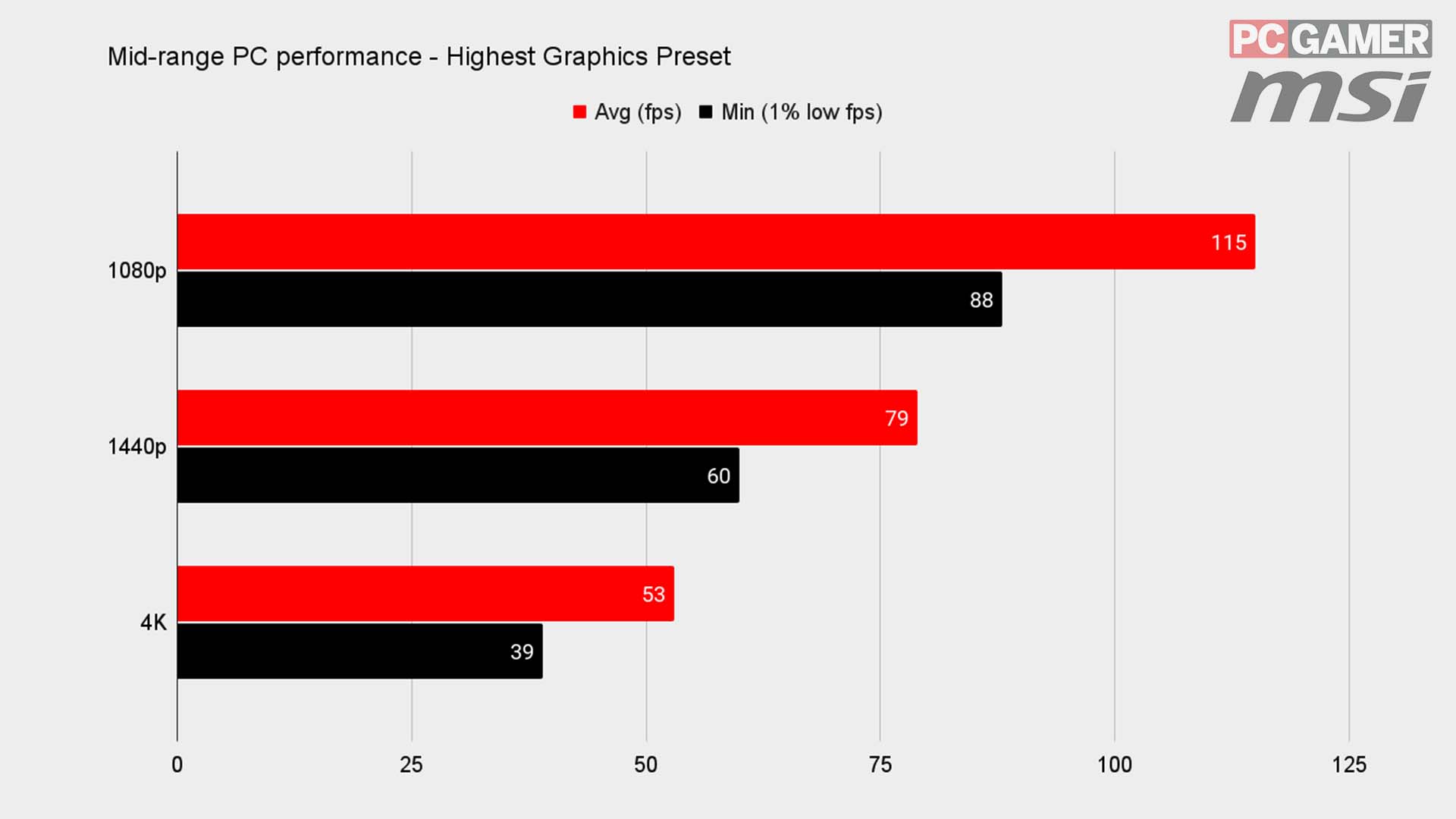
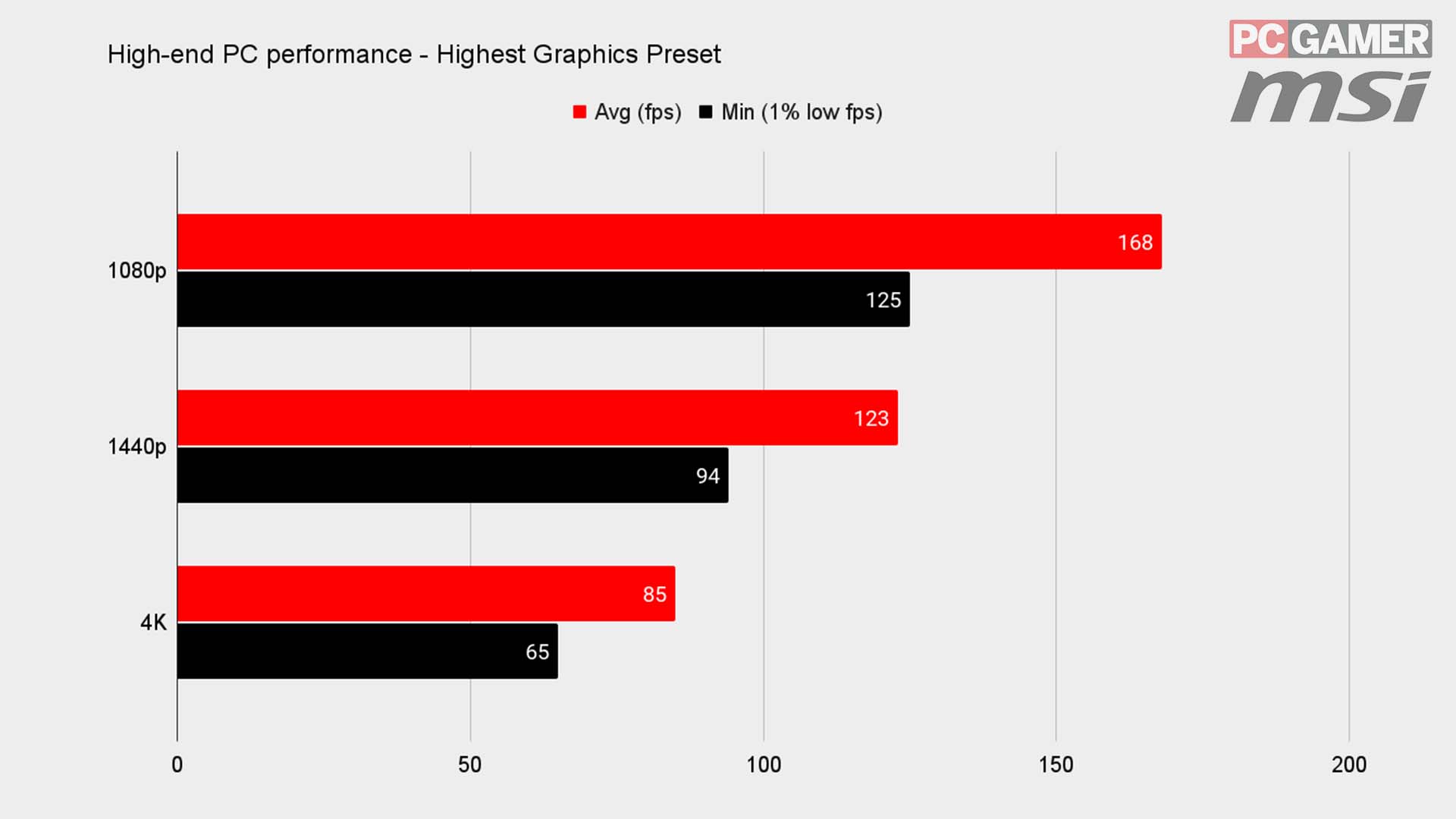
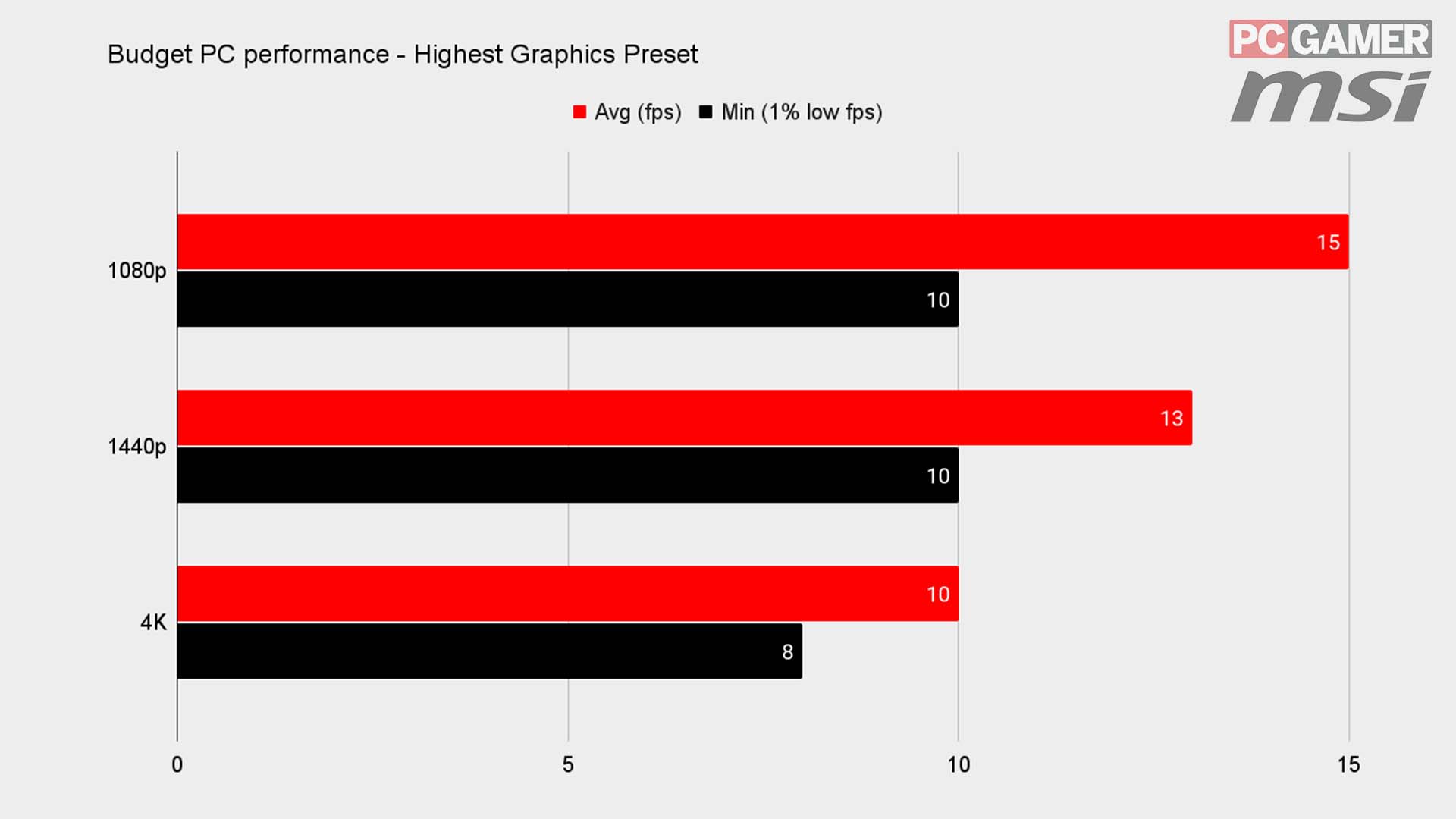
A word on our shop at
As our partner for these detailed performance analyses, MSI provided the hardware we needed to test Naraka: Bladepoint along different PC gambling hardware.
For a baseline reading, I started the tests on our mid-place simple machine—wadding an MSI Nvidia GeForce RTX 3060 Ti Ventus 2x and AMD Ryzen 5 5600X. There's no denying a computer hardware jazz band like this stern rip through plenty of games at 1080p, this one included, but graphically intensive multiplayer games look-alike Naraka: Bladepoint become less viable at 1440p, and less than ideal at 4K.
Scratching by at 53 Federal Protective Service could cost a problem in a fast paced hack and slash much as this, so if you're backpacking something standardized in your rig and top-top graphics are a priority for you, think about sticking to QHD.
Alternatively, you could always build yourself a ridiculous, high up-close machine with an MSI Nvidia GeForce RTX 3080 Play X Trio and AMD Ryzen 9 5900X jazz band. That way if you nutcase the graphics equal to egg-filled, you'll be sure to make more-than-acceptable frame rates at any result. Our big rig destroyed Naraka: Bladepoint—pushing 168 fps at 1080p, and 85 FPS at 4K—though there's forever room for improvement.
Besides, I know it's non always an option to go for an upgrade, especially in today's food market. But with Naraka: Bladepoint pummeling some older PC configs—even those as recent as our budget manipulate's MSI GeForce GTX 1650 Crack Gaming X, and Intel Core i5 10400F—you'll be tempted to perform clean that. With just 15 fps at 1080p, information technology was basically unplayable using the highest predetermined.
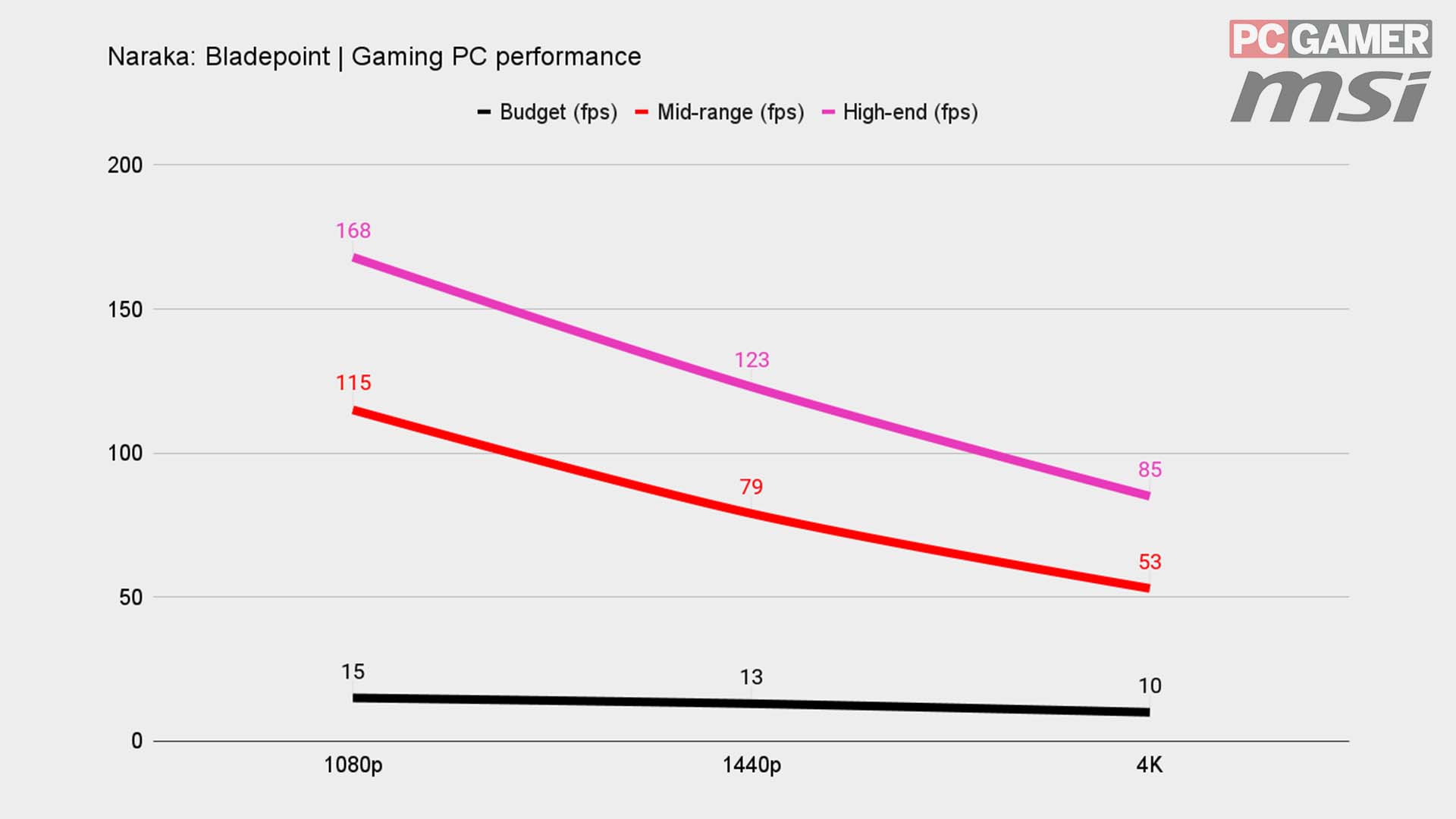
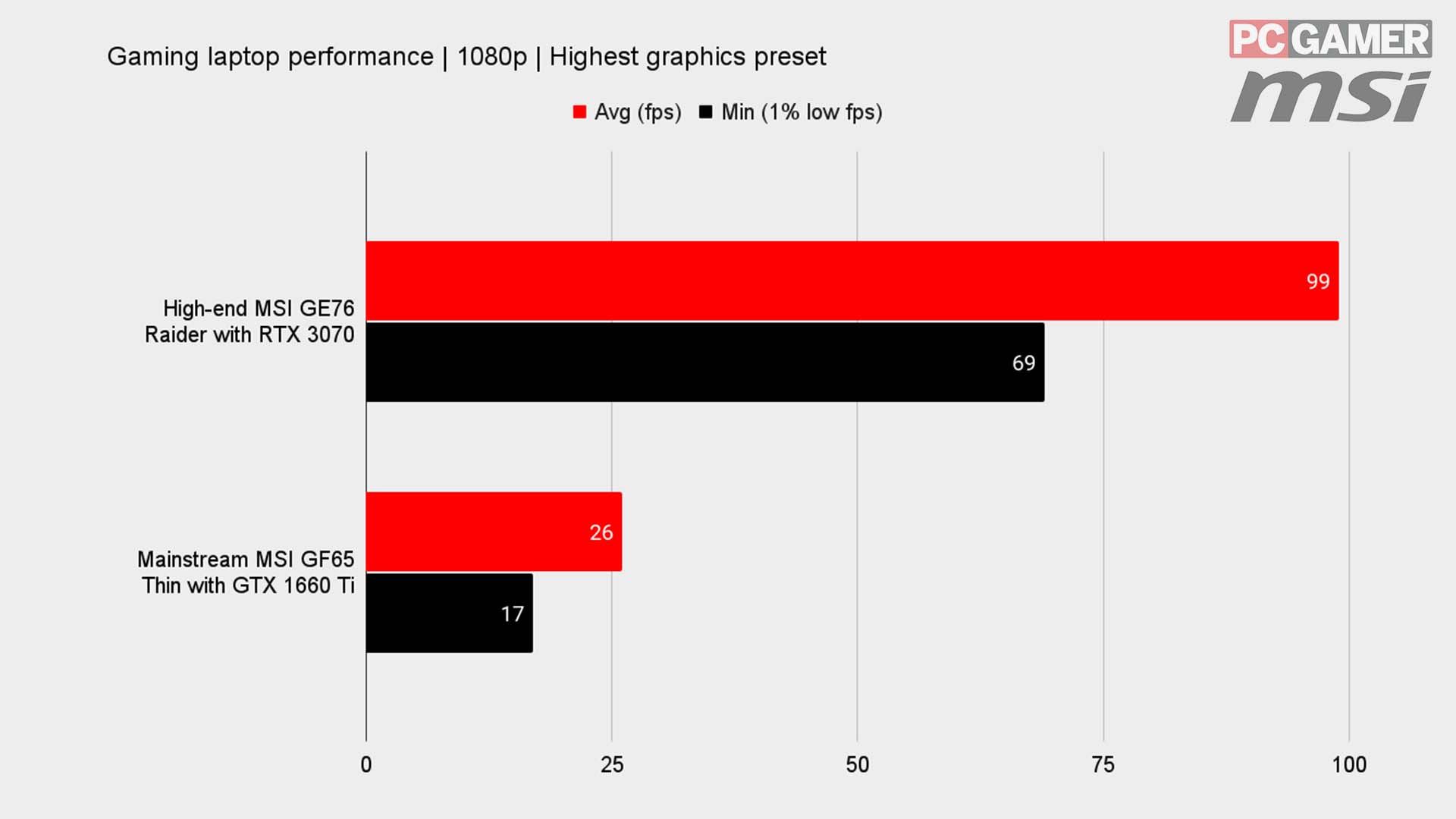
Naraka: Bladepoint may be graphically intense, but IT's nothing some small tweaks can't handle
When it comes to laptops, you can't just swap come out of the closet your GPU for something overpowered, either. And while our high-end MSI Despoiler GE76, with a airborne RTX 3070, gave up a silky 99 fps, the mainstream MSI Raider GF65, with its GTX 1660 Ti, was stuck creeping along at good 26 fps. And that's only at each laptop computer's native 1080p, too.
For those packing a 16-series equivalent or earlier, I'd recommend attractive a face at our settings tweaking suggestions below, so you can begin the most tabu of your current hardware configuration.
Naraka: Bladepoint may be graphically strong, but IT's nothing some small tweaks can't handle.
Naraka: Bladepoint best graphics settings
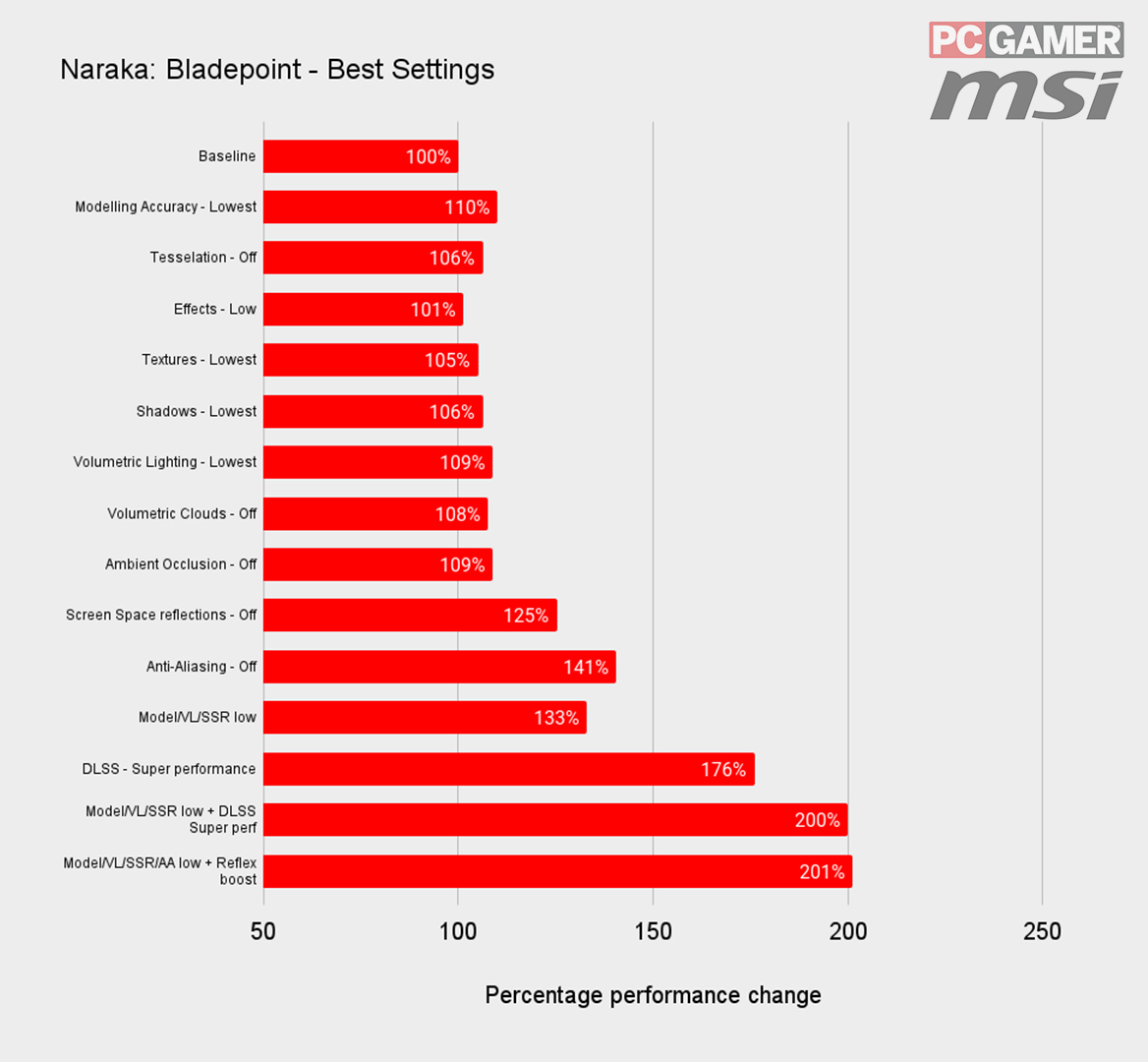
When you're staring down something like 15 fps, it's tempting to forget graphics tweaking and put forward to the last planned. But preceptor't throw in the towel just yet. There are just about painless tweaks I've found that could doubling, even quintuple your fps scores, without going you in graphical purgatory.
For the purpose of this guide I in use our mid-range of mountains rig's 1440p grade as a baseline, then went through tweaking each setting to approximate just how practically impact it had on the game's performance.
From that there were a few settings I discovered that aren't worth touching if you want to save a modicum of pragmatism.
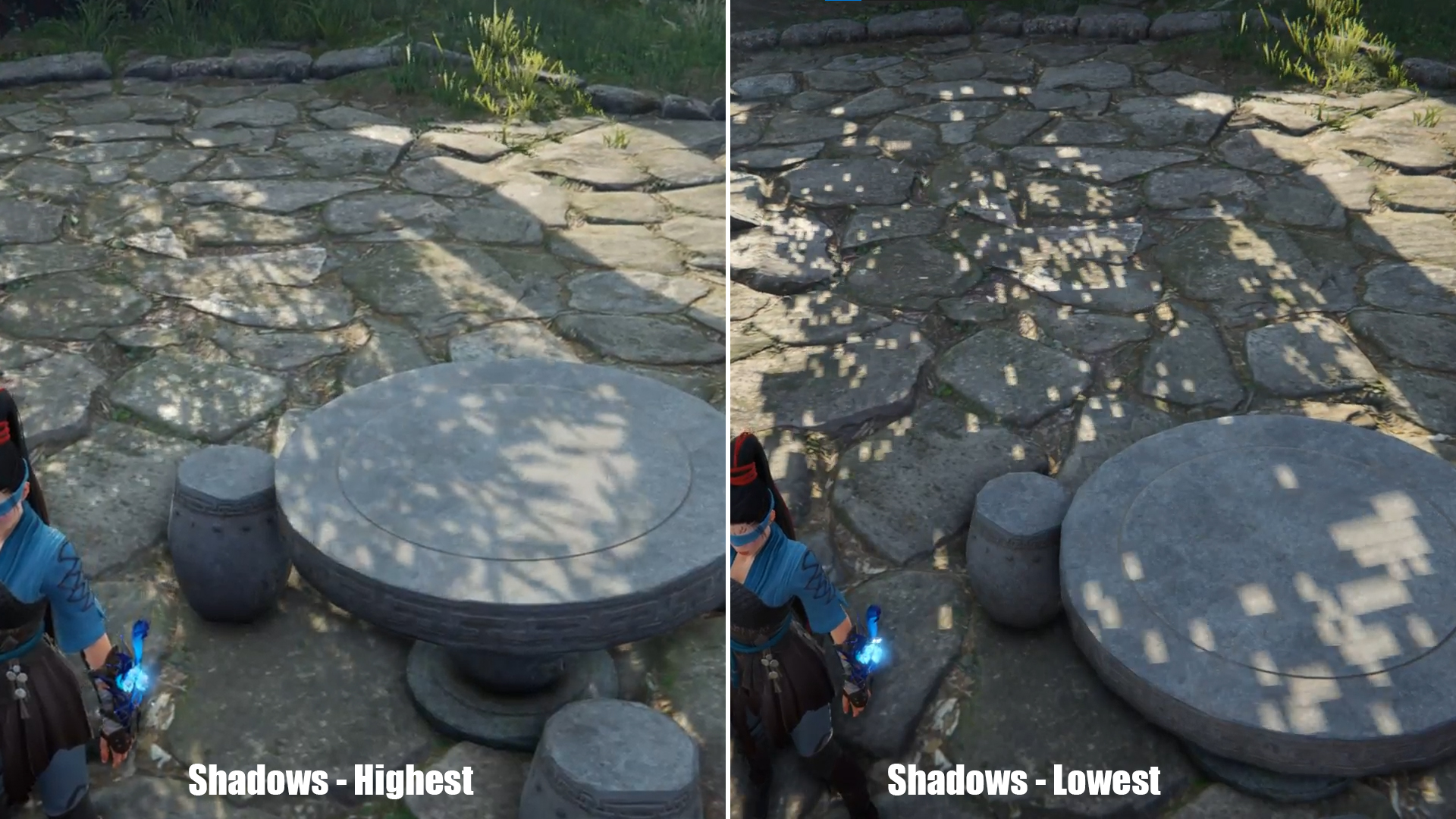
Shadows is one much setting, As it's one of the most noticeable and yet turn it down hardly makes a difference to your carrying into action in the wondrous scheme of things. Only the obscure array of pixels shining done the treetops when this setting is on lowest would make even the mightiest warrior wince.
Who could possibly concentrate on slicing up their enemies with this pixelated mess going along around them? It flickers too, just check out the picture.
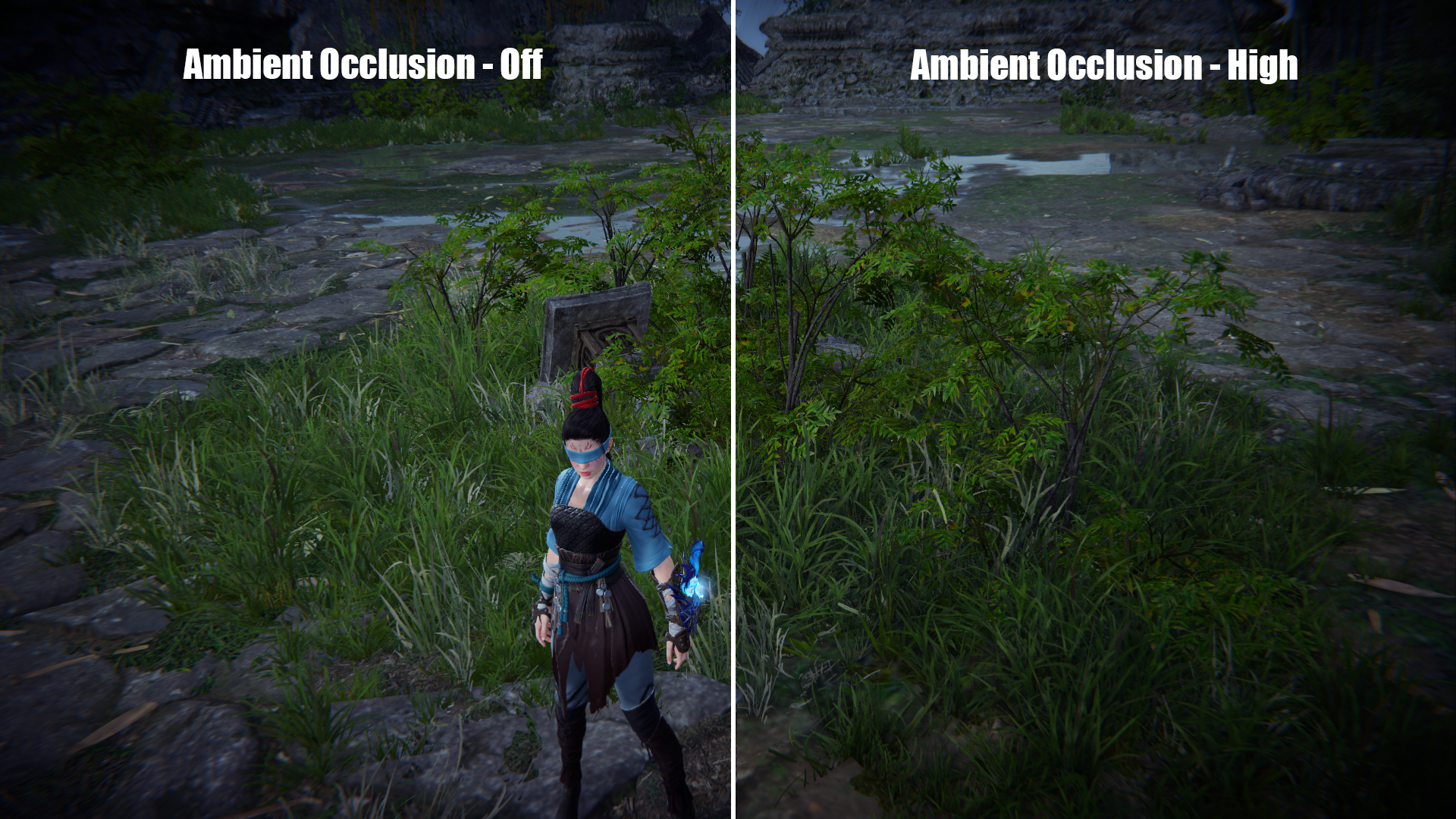
Similarly, close occlusion is one of the much obvious if you switch IT off. Of course, there is a fair performance increase if you doh, but AO goes a long way to making a scene look rattling. It fills in for all the shadows in the crevices where polygons meet, and without IT you get a strange, flat looking world.
For Naraka: Bladepoint, turning ambient occlusion down pushes it into the realm of artificial graphics, so it's combined to will on high-stepping if you deprivation to keep the realism factor up.
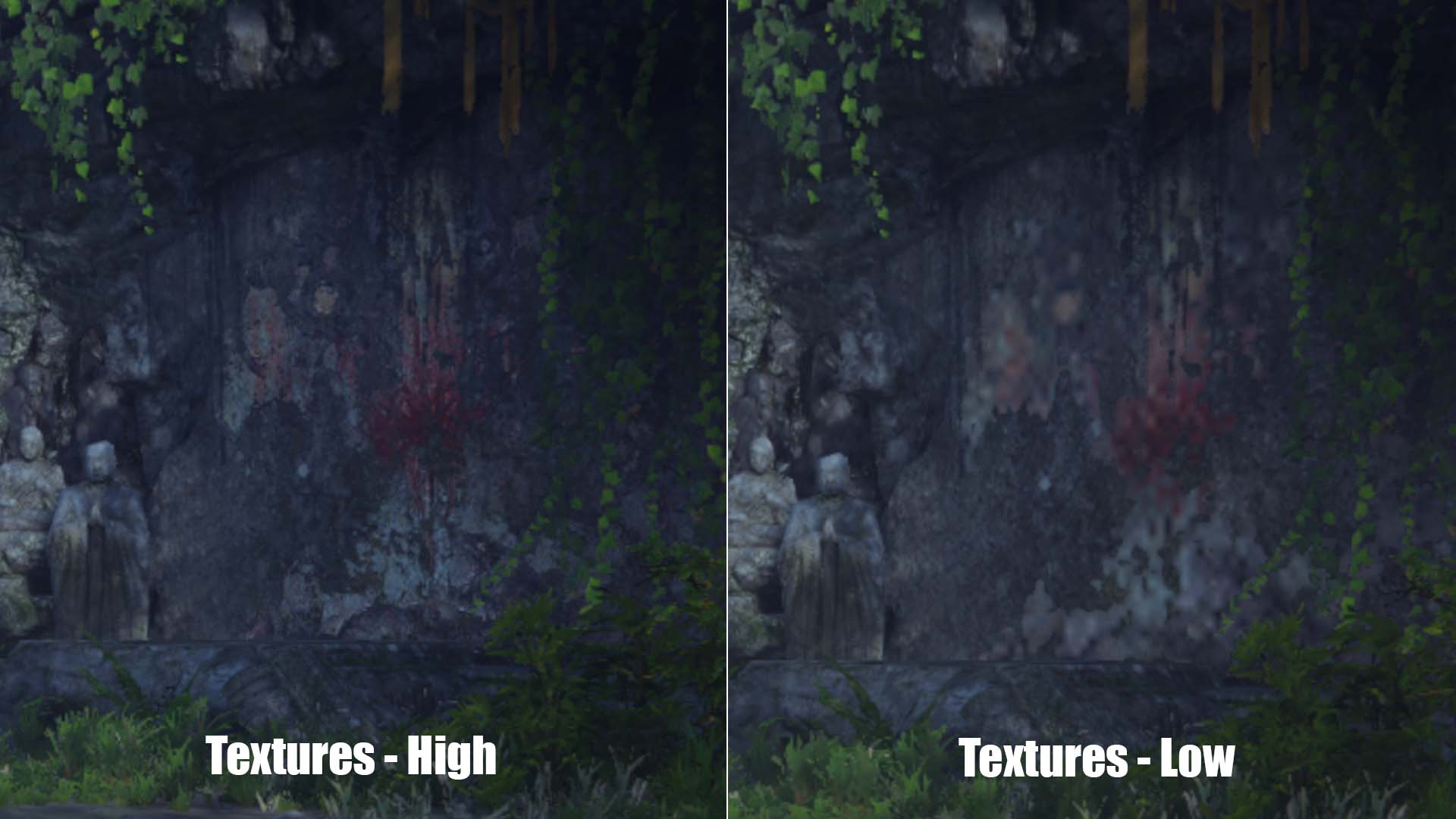
Another setting that goes a long mode to increasing realism is the texture quality. The Naraka: Bladepoint devs have already done a great business optimising the textures, so you shouldn't notice such in the style of a performance increase from lowering it.
What you might notice, however, is how blurry things can experience at a distance, especially if you're playing at 2K surgery 4K. Allow this one on soaring, as texture calibre is where so much of the environment's beauty lies. Those scratch the barrel for frames on an older GPU at 1080p may hardly notice a difference visually, but could certainly profit from the frame boost.
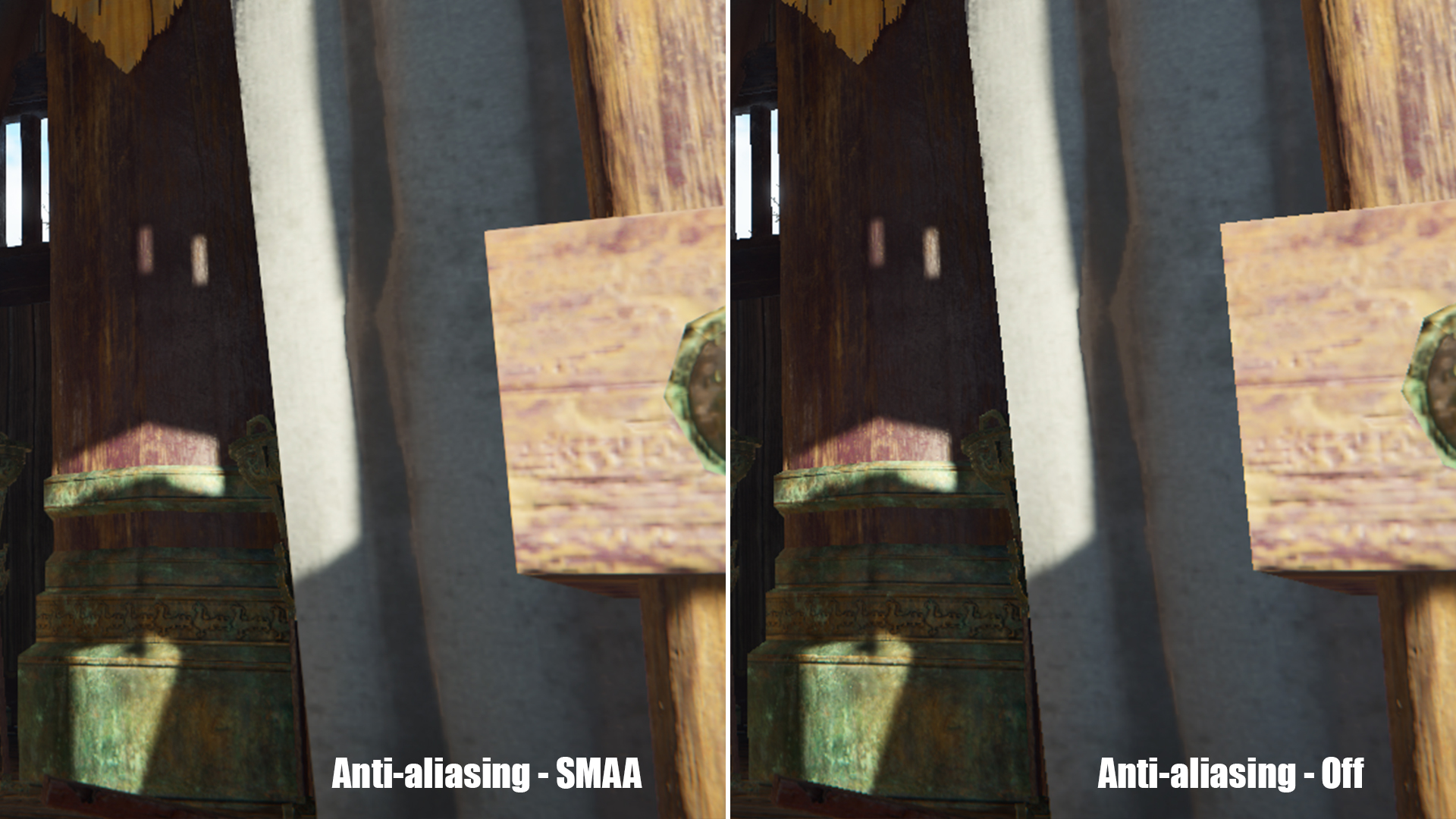
With opposing-aliasing off, we saw a 41% boost to performance. And, although it does a great job at smoothing out janky edges on models, it's sure enough one you can give to sacrifice. SMAA, or Sub-Pel Morphological Anti-Aliasing, is a little amend at removing the rough edges than TAA, though it's a bit higher on the performance costs, too. Either style, switching it off tout ensemble is a pretty obvious win, peculiarly if you're on an older GPU.
Then thither's post processing, which covers things like bloom, and any camera-based filters that are applied subsequently each frame is initially rendered; and personal effects which order any spell or fire particles. There isn't much difference in terms of visuals for either, but then the performance impact is pretty minimal, too. Of course, that will depend upon how many people are slinging spells around you, but generally these aren't worth attending unless you'Re absolutely desperate.
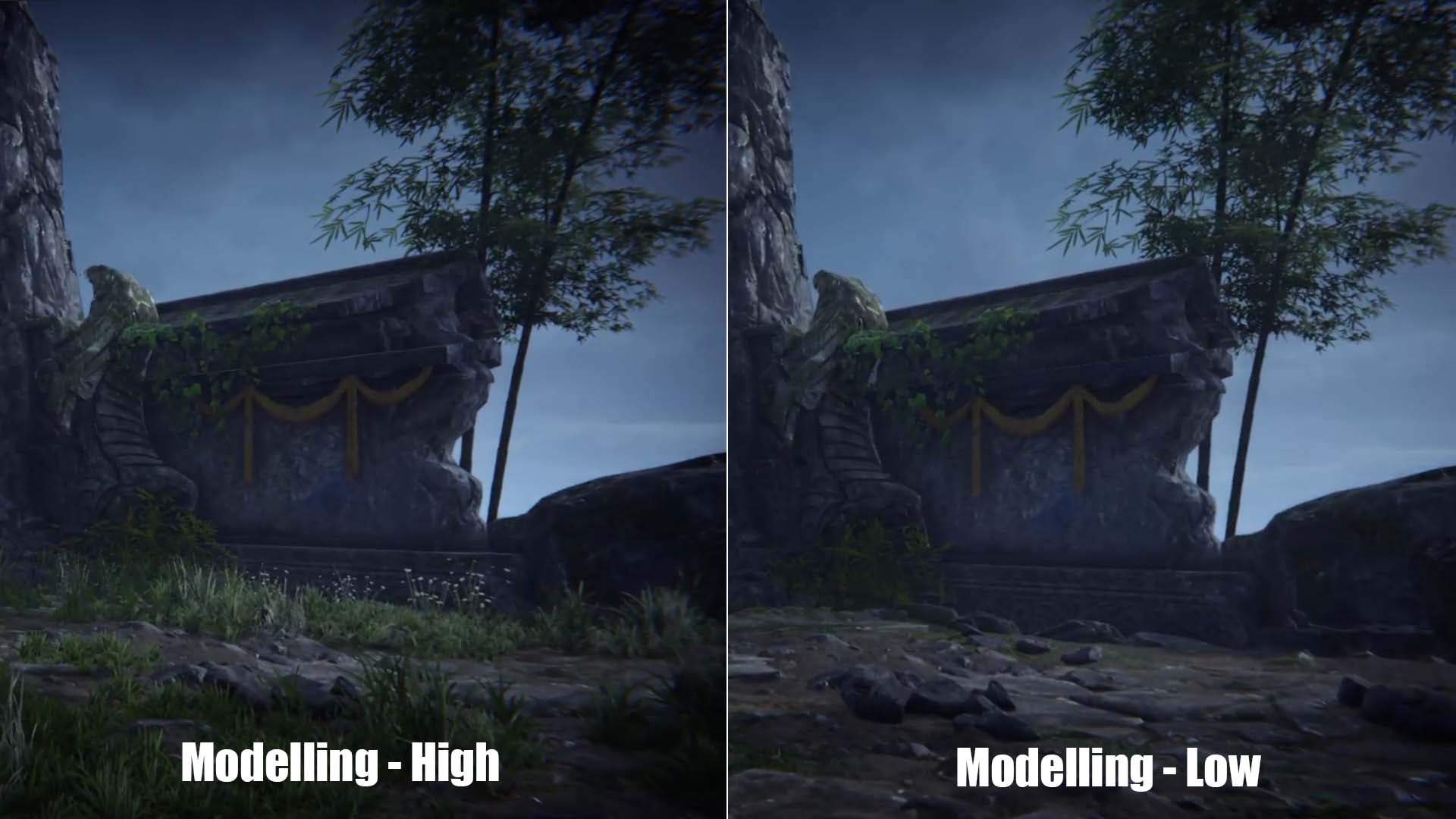
Modelling accuracy is other one that's worth descending. Jamming it down to lowest results in slightly lower model complexness—trees are one of the most obvious examples, and there's some deletion of grass clumps at lowest value, too. IT bathroom produce the global look a bit barren, but you can't young woman what you didn't know was there, right?
Alternatively, try turn modelling accuracy to medium, and switch cut down the tessellation a trifle likewise. Whacking tessellation down to lowest has the potential to make the surfaces around the world Thomas More jagged, but the diminution in vertices from having some settings on medium should improve the games performance, without IT looking like a moo poly trainwreck.
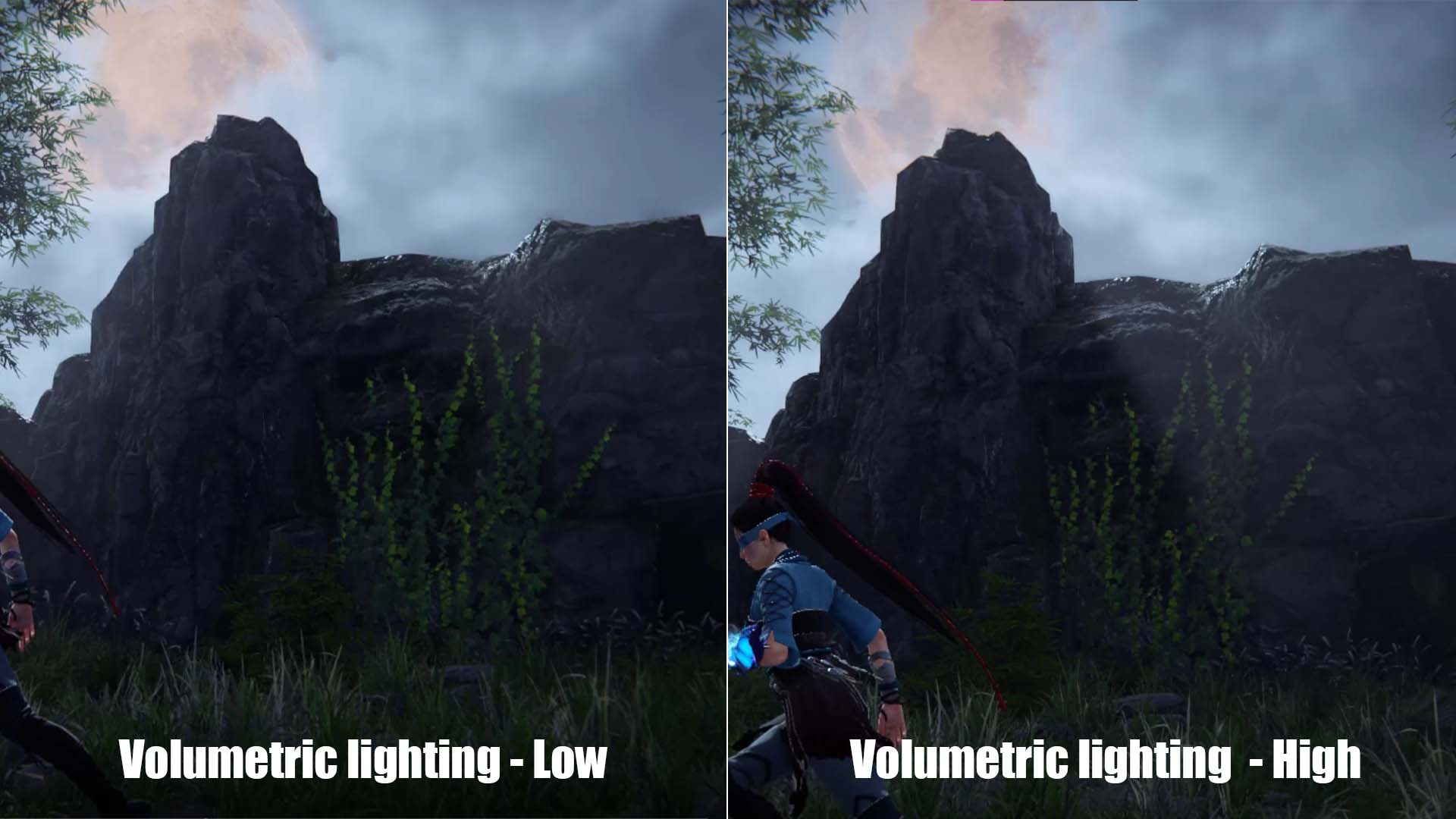
Meter Lighting is another that's pretty disposable. In essence it delivers cardsharper Idol rays and whatever mid-air lighting effects, which aren't really noted unless you'rhenium looking for it. There's a fair performance encroachment though, so information technology's Worth dropping down to lowest. Either that, or puff it back few steps along with volumetrical clouds to keep back a trifle of realism and ambience.
Volumetric clouds basically covers fog, but it's only obtrusive if you know where thither's meant to be a mist reverberating through. IT's something you can probably live without for the performance encouragement. Besides, knocking it down could give you Thomas More visibility to spot your enemies easier.
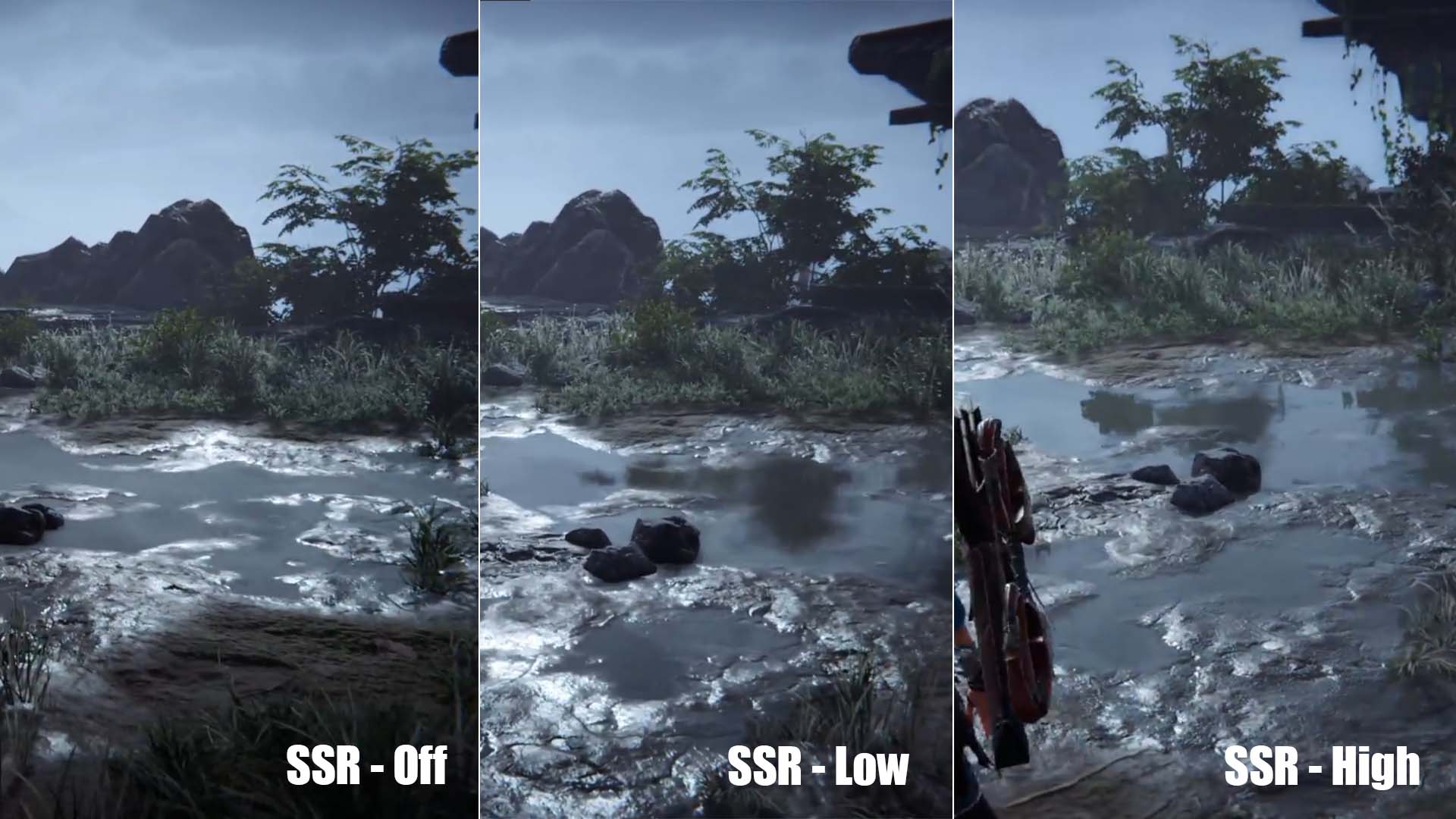
Last but not to the lowest degree: CRT screen blank reflection is matchless of the most impactful settings. Turning this unrivaled sour gave United States a massive 25% boost to performance, and really didn't look fearsome. You still get the flicker of light off the surface of puddles, and there is a vague reflection, only the water looks a lot muddier. It's better to turn it bump off than leave IT on scurvy, arsenic the solution is a piece pixelated and pretty distracting. With reflections cancelled, your PC has a far easier time rendering the scene.
Naraka: Bladepoint superior graphics settings - DLSS and Reflex
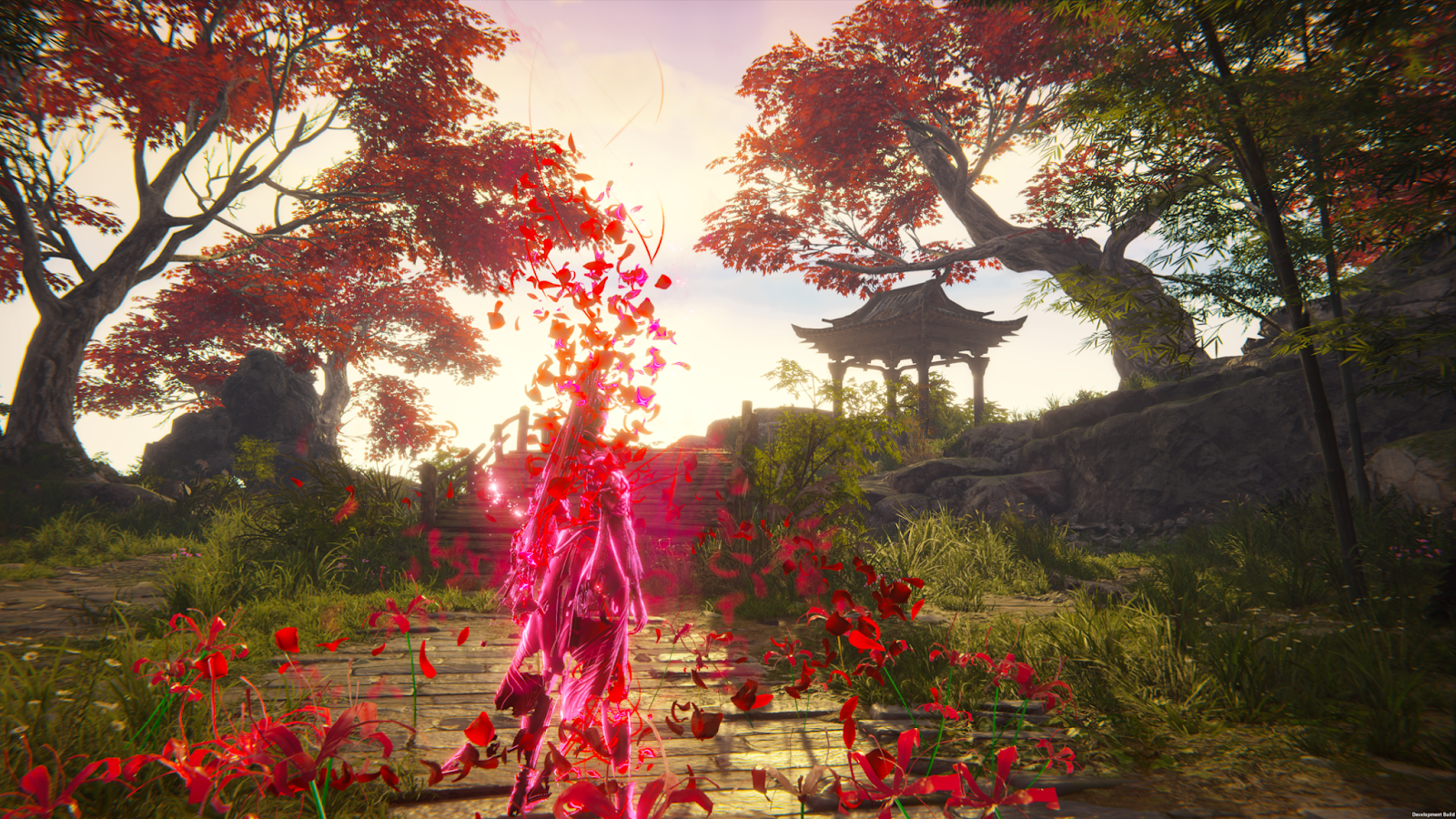
There's one absolute must for those using an RTX graphics card, too. DLSS, operating theatre Deep Learnedness Super Sampling, is Nvidia's AI-based upsampling algorithm that magically delivers higher performance, with minimal affect happening the fidelity of a scene. And with the super aggressive, Tiptop Performance mode, conjunct with the in a higher place settings tweaks, should see your framerates double thanks to the green team's frame up boosting feature.
Naraka: Bladepoint is unrivaled of the first games built on the Single engine to support Deep Acquisition Super Sample distribution, and it's used to great effect with supporting GPUs.
There are four antithetic options for DLSS: Quality, Balanced, Performance, and Super Execution. There is too an Auto feature, which bequeath make the choice for you given what firmness of purpose you'Re running at—at 1440p or nether information technology will automatically prize Quality and at 4K it will constitute Carrying out.
Each of the incompatible settings bequeath essentially utilisation a lower input resolution, which will affect the final image. Quality will be ambient to native, just deliver a lower berth frame order boost, while Super Performance will be a resolution Former Armed Forces downstairs native, but will yield the maximum frame rates.
If Super Performance looks to janky for you, knocking spine to just Performance or Balanced, bequeath clean things up.
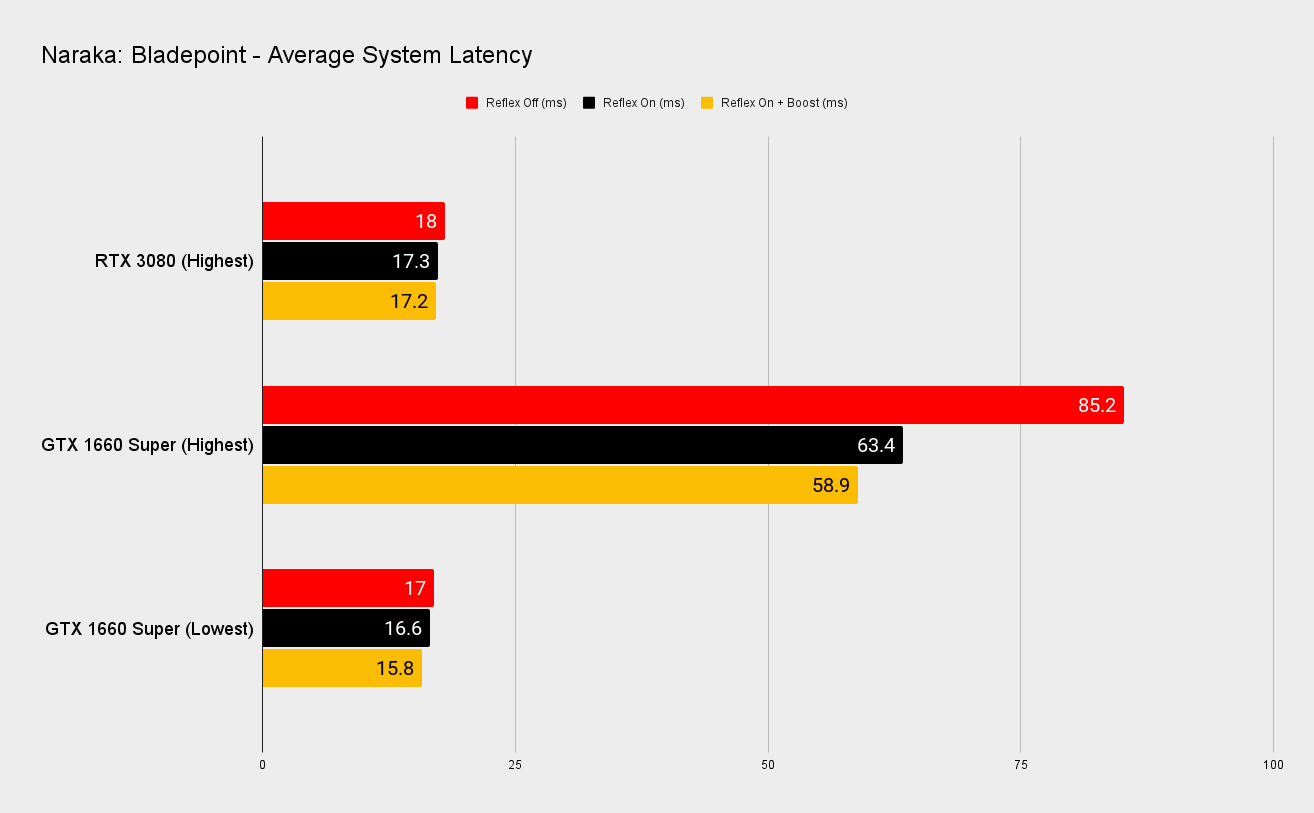
If you've got an older Nvidia card, such as a GTX GPU that can't hightail it DLSS, IT's possible to near plenty quintuple your frames with the above settings tweaks. If you swap DLSS Super Performance with Reflex + boost, to lower the game's response multiplication, you fetch a starring lift in performance.
That was the account at to the lowest degree with our budget rig at 1080p, significance the GTX 1650 crack can grip Naraka with sportsmanlike a a couple of lowly tweaks.
You can read more about our fun playing around with Reflex in Naraka: Bladepoint.
Naraka: Bladepoint best graphics settings - Stopping point
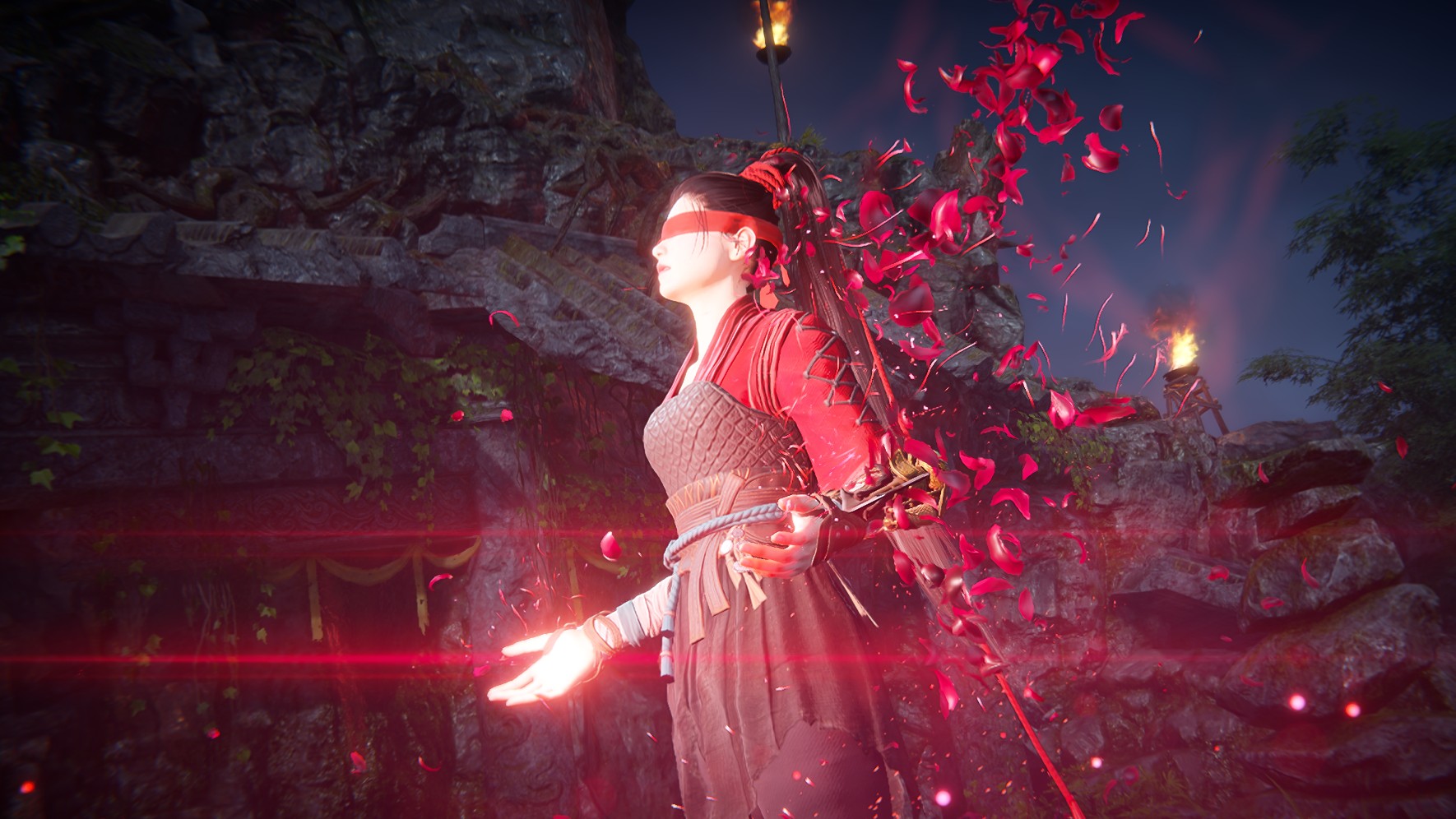
Essentially, there are three main settings you can afford to spend stupidly too hard active IT. First out the door should exist modelling accuracy and volumetrical light. Alternatively, balance it up with sensitive modelling truth and tesselation, coupled with medium volumetric lighting and clouds. Then axe screen space reflections—the world won't be as shiny, but your PC will give thanks you for information technology.
With these base settings carved, we saw around a 33% public presentation boost, while still leaving the game looking at gorgeous. And if you're rocking a GeForce GPU then Nvidia's DLSS will deliver even more performance for free.
Whol of the above should take your Naraka: Bladepoint gameplay from utter butchery to very some playable, without overmuch loss of graphic faithfulness. And getting free of anti-aliasing will give you that additional big rise to push your frame rates into the hundreds, if you're desperate.
Naraka: Bladepoint is indeed an maladroit beast. The devs have made something so beautiful it's unruly to symmetrical consider turning down the graphics settings, but in a multiplayer online battle, every frame counts. Hopefully, this has acknowledged you some clear idea of where you can find those extra frames, without the Morus Isles turning into a heap of blurred textures and spot models.
I'll see you in the arena, warrior.
Source: https://www.pcgamer.com/naraka-bladepoint-best-settings-guide/
Posted by: deguzmanhatly1954.blogspot.com

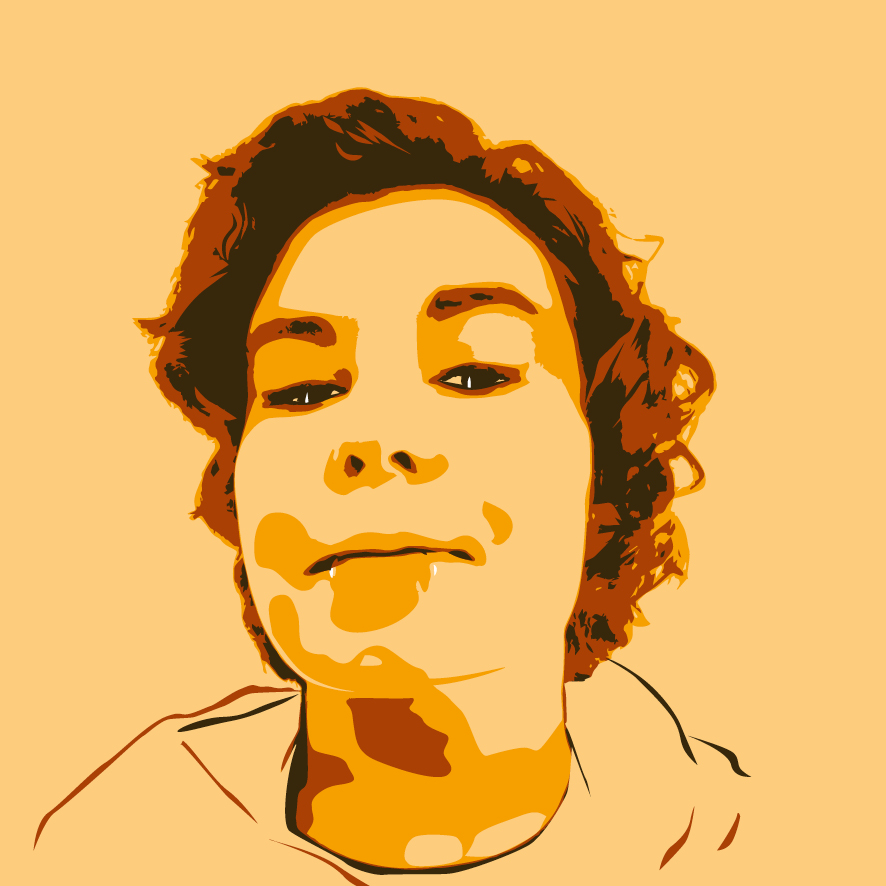

0 Response to "The best settings for Naraka: Bladepoint | PC Gamer - deguzmanhatly1954"
Post a Comment